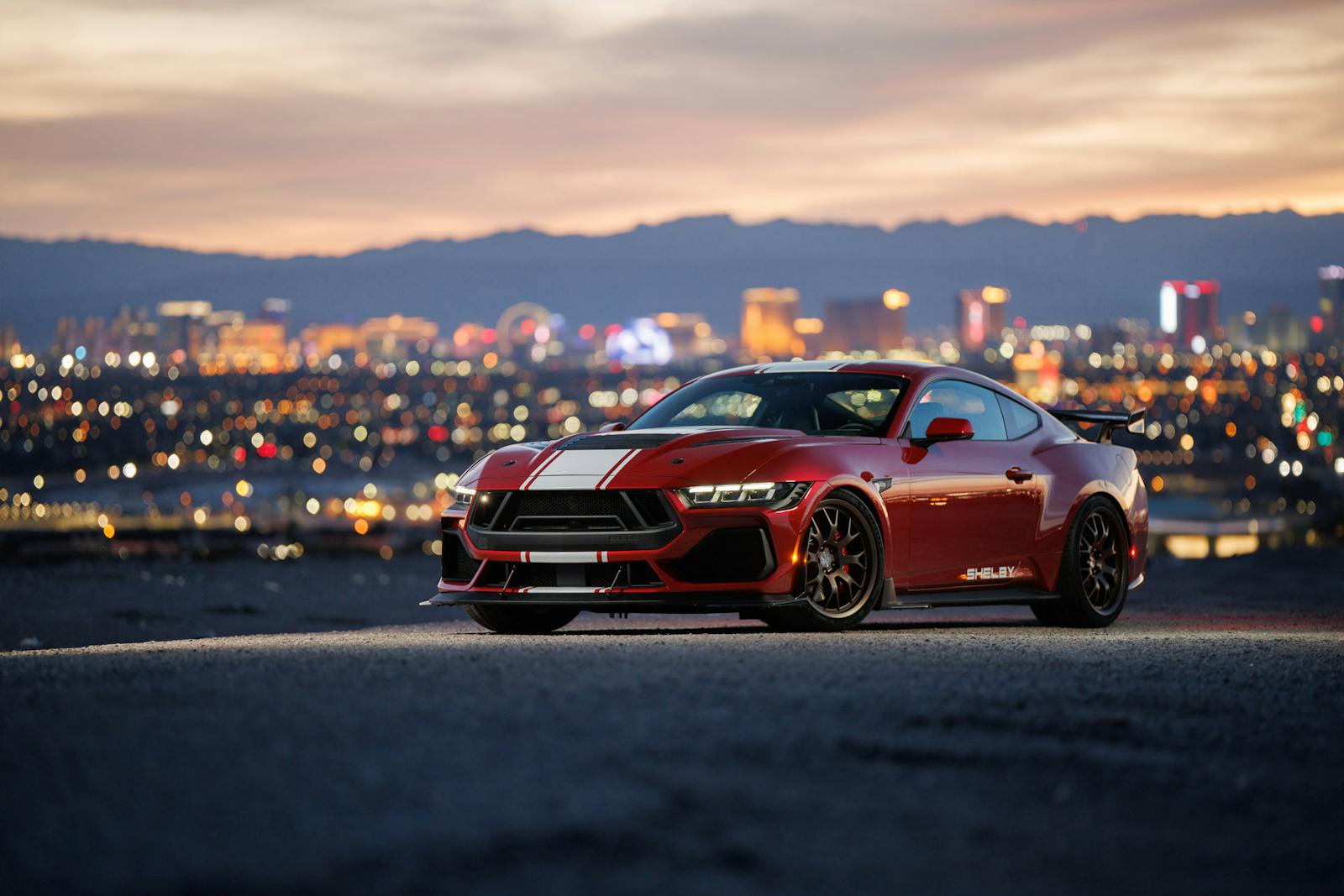RPM Act, clarifying the legality of street-to-race conversions, reintroduced in Senate
On October 16, Senators Richard Burr (R-North Carolina) and Joe Manchin (D-West Virginia) reintroduced the “Recognizing the Protection of Motorsports Act” before the U.S. Senate. If passed into law, the bill would cement the legality of street-to-strip conversions involving removing cars’ EPA-mandated emissions controls.
Wait, you say, since when was yanking the catalytic converter in the name of elapsed times illegal? Smoke and screaming horsepower—could there be anything more American? The short answer: Emission-exempt race conversions were never illegal, but the EPA considered the issue for a hot second and freaked a bunch of people out.
Here’s the slightly longer version: The Clean Air Act of 1970 left room for emissions-exempt race conversions of street cars. Though Senator Burr argues the leeway was intended all along, enough gray area remained that in 2015 the EPA proposed—in a 629-page regulation delineating greenhouse gas emissions and fuel efficiency standards for medium- and heavy-duty trucks—that street cars converted for track use remain emission-compliant. Catalytic converters and ECUs had to stay, even on dedicated race cars. (Note: In this regulation, the EPA differentiated street cars converted to race cars from cars built for racing from the get-go, like NASCAR, sprint cars, etc. The irony, in the case of stock car racing, is not lost.)
The proposed language applied to amateur and professional garages and the approximately $2 billion racing retail industry. At the time, Motorsports.com reported that if the proposed 2015 bill solidified into federal law, each engine or piece of equipment in violation could incur a $37,500 penalty. SEMA was none too pleased, and the motorsports community raised a general hullabaloo. The EPA attempted to defuse the situation, saying it merely wanted to prevent the sale of parts that deactivated a given vehicle’s emission system. (Like a grinder? We digress.)

Although the EPA retracted the proposed language in April 2016, the aftermarket industry and surrounding fanbase had been sufficiently alarmed, and momentum had already gathered the legislative chain. Three months before the proposed language was pulled, U.S. Representative Patrick McHenry (R-North Carolina) introduced the RPM Act in the House to assure the permanent legality of emissions-be-damned street-to-strip conversions. Heat began to build and traction resulted.
Since its introduction, the RPM Act has been the center of hearings in both the House and Senate and cleared the major hurdle of the House Committee on Energy and Commerce.
“SEMA looks forward to working with Congress to enact the RPM Act and make permanent the Clean Air Act’s original intention that race vehicle conversions are legal,” says SEMA president Chris Kersting, who has testified before Congress on behalf of the RPM Act. “We thank Senators Burr and Manchin for reintroducing a bill that will protect businesses that produce, install, and sell the parts that enable racers to compete.”
The bill’s reintroduction ahead of the 115th session of Congress hopefully signals that all language wrinkles have been ironed out and the bill faces a smooth, well-prepped track to becoming law in 2020.


